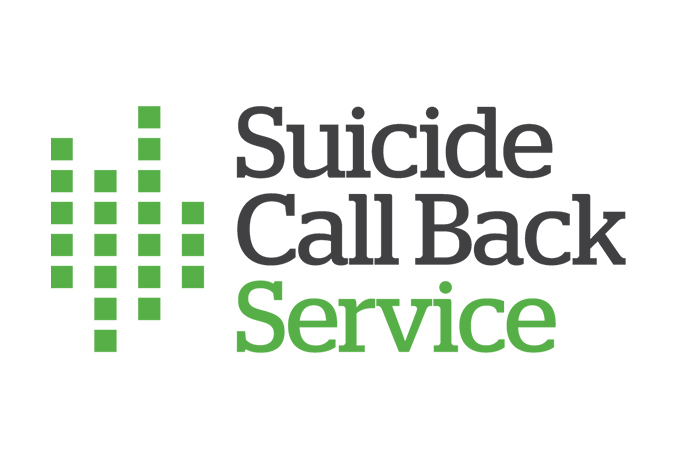Virtual Reality Training: An Emerging Technique In Mental Health Care
The ‘Edge of the Present’ is based on the idea that depression and suicidal ideation are often associated with negative imagery. This immersive virtual reality experience promotes positive imagery, stimulating an engaging environment that improves future thinking skills and helps to create a positive mood.
Participants start in a stark, white room and interact with physical objects within the virtual reality setting. As they make choices and engage with the environment, they receive rewarding, uplifting sensory experiences. This could range from feeling the simulated breeze on their face to being instantaneously transported to a serene, natural landscape.
Promising Results From This Virtual Reality Experience
Initial trials of this VR experience have shown encouraging effects. Participants reported notable increases in positive mood and significant decreases in feelings of hopelessness. Testimonies from people who engaged with the virtual reality training experience have spoken volumes about its potential benefits. One participant with generalised anxiety disorder shared, “Ten minutes in that peaceful landscape, and you feel like it will be OK.”
The data from the pilot study of this virtual reality experience echoed these responses. The results showed a significant increase in positive mood and wellbeing after using it, and a decrease in feelings of hopelessness and negative mood.
Virtual Reality Paving The Way For A Brighter Future
Thanks to an innovation grant from Suicide Prevention Australia, the ‘Edge of the Present’ installation project was exhibited in Brisbane, in partnership with Metro South Health, and will further test its potential as a suicide prevention tool using virtual reality.
The project’s scope isn’t confined to individuals with suicidal thoughts. It also aims to serve as a respite for patients in acute care settings, like psychiatric emergency departments, where the environments are often bare and unengaging. By transforming these spaces with an immersive, mood-lifting experience, virtual reality training through ‘Edge of the Present’ could dramatically alter the care environment.
Virtual Reality Training: A Leap Forward in Mental Health Innovation
‘Edge of the Present’ represents a significant step forward in using technology like virtual reality training for mental health care. It extends beyond traditional interventions by offering users an engaging and enjoyable experience, more akin to a game or an artwork than a typical medical intervention.
The use of virtual reality in suicide prevention can pave the way for empathetic, innovative, and patient-centred care. The researchers hope that it could serve as a crucial tool to destigmatise mental health concerns and make treatment more accessible and appealing to those in need.
Stay tuned for more developments as this exciting virtual reality continues to evolve and make strides in suicide prevention.
If you or someone you know needs help, our professional counsellors are available by phone or online chat 24/7. It’s a free service to Australians. Simply call 1300 659 467 or click on the floating chat widget on the right to access online counselling.
If it is an emergency dial 000.
Reference
- https://www.ncbi.nlm.nih.gov/pmc/articles/PMC7795739/









